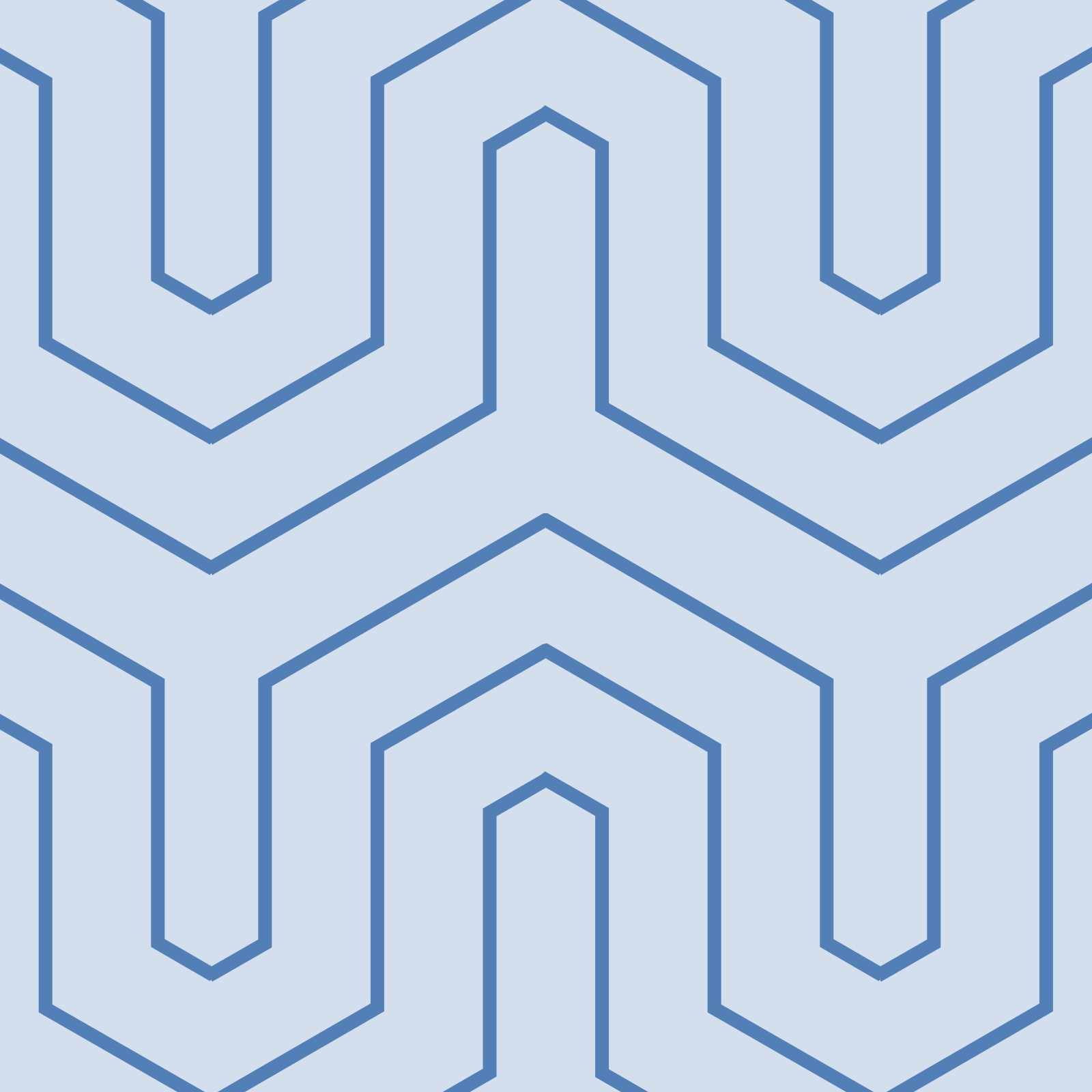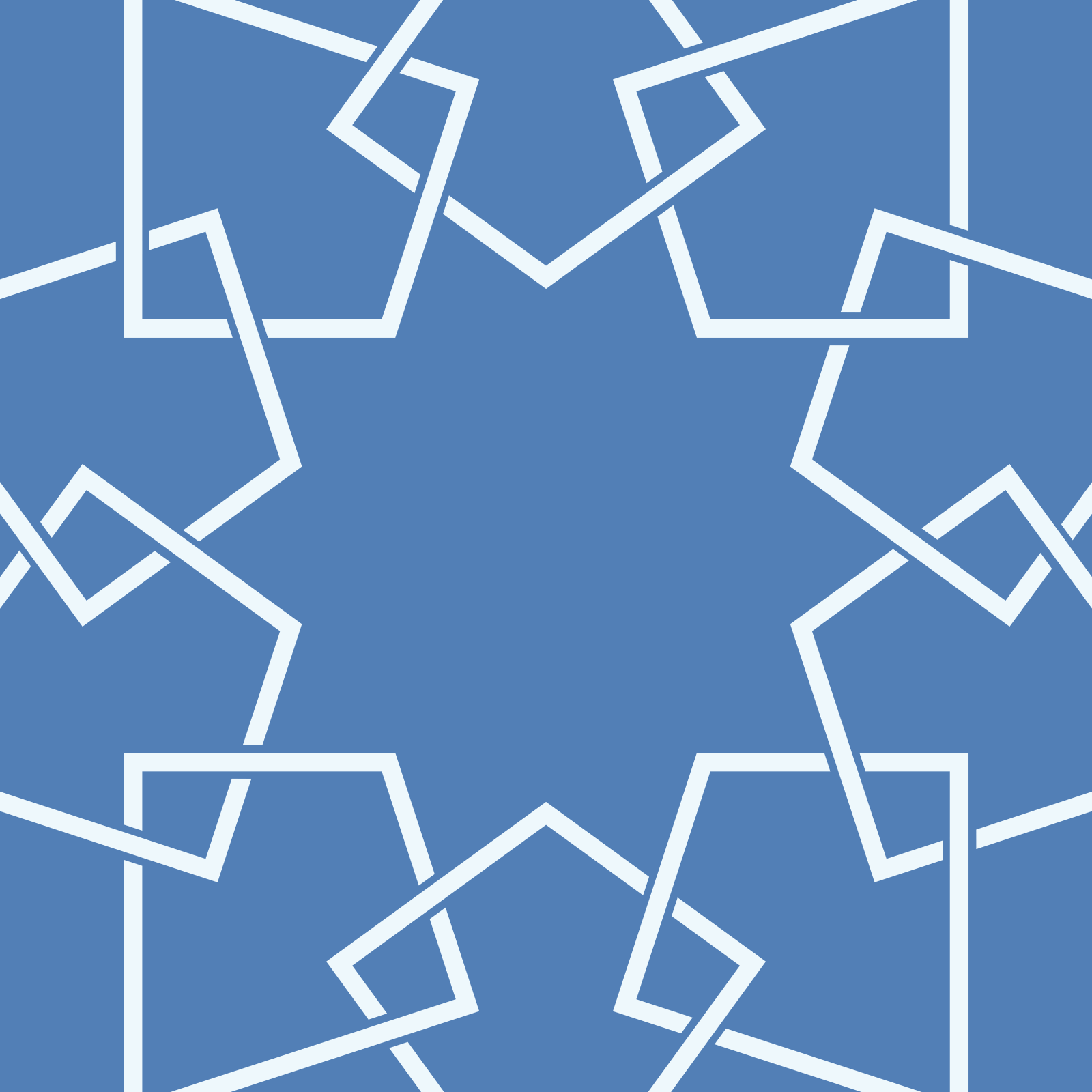Seven amazing travel experiences in an ‘open’ Saudi Arabia
Photo: September 23, 2017 - Al-Ula, Saudi Arabia: A ruined tomb facade at Madain Saleh, a UNESCO World Heritage Site / Crystal Eye Studio / Shutterstock.com
Saudi Arabia’s Crown Prince Mohammed bin Salman on Tuesday told the world that he plans to return the country to a “moderate Islam open to the world”. Right now, it is tough to get tourist visas for the conservative kingdom, but if the Crown Prince gets his way, tourists will be in for a real treat in one of the world’s most ancient nations.
Here are our seven favourite travel experiences to look forward to in an open Saudi Arabia.
1. ADMIRE THE MUD ARCHITECTURE OF DIR’AIYAH
Photo: Heritage village in Riyadh KSA (Aldereya-Traif) / Omer Hindawi / Shutterstock.com
This is where it all began for the Al Sauds. This atmospheric walled oasis is the ancient home of the royal family, who settled here in 1446. The collection of UNESCO-protected ruined mud palaces, old wells, palms and mosques sits on the western edge of the capital city, Riyadh. It makes for the perfect place to wander around and contemplate the famous family’s history, from clashes with the Ottomans to alliances with the Wahhabis.

Photo: Heritage village in Riyadh KSA (Aldereya-Traif) / Omer Hindawi / Shutterstock.com
2. PHOTOGRAPH WORLD HERITAGE ‘OLD JEDDAH’

Photo: 21 November 2015. Old Jeddah or famously known as Balad is an old market place in Jeddah. Known to have been existed pre-Islam era. /drpyan / Shutterstock.com
Al-Balad, or ‘Old Jeddah’, is without a doubt one of the Kingdom’s most enchanting places. Charming and decaying merchant homes loom high above the narrow streets, shading you from the blistering sun. The architecture here is unique in the world, with many ancient houses built using coral from the Red Sea and boasting stunning wood rawashan balconies with crisscrossing latticework. It’s an Instagram dream.
Photo: Architecture in Old Jeddah, Saudi Arabia / Nesrudheen Pariyarath / Shutterstock.com
3. STARE IN AWE AT SAUDI ARABIA’S PETRA
Photo: September 23, 2017 - Al-Ula, Saudi Arabia: Qasir Al Farid or Qasr Al-Fareed which is a single tomb carved into a small dome that stands alone in the open at the Madain Saleh or Al-Hijr. / Crystal Eye Studio / Shutterstock.com
It’s sometimes easy to forget that there was a time before Islam in Saudi Arabia. Madain Saleh is the country’s most stunning reminder. Built by the same artesans who gave the world Petra in Jordan, this was the ancient Nabateans’ second trading city. Excavations have unearthed 131 temples hewn into immense rock faces, decorated with intricate carvings of sphinxes, griffins and the ancient Nabatean script, which is an ancestor of modern Arabic. This place is, quite simply, awesome.
Photo: September 23, 2017 - Al-Ula, Saudi Arabia: Bas Relief of a tomb in Madain Saleh with a ruined Eagle sculpture which is a Nabataean and Greek male deity symbol / Crystal Eye Studio / Shutterstock.com
4. CONTEMPLATE PREHISTORIC ROCK CARVINGS AT JUBBA
Photo: Neolithic rock carvings in Jubba (Saudi Arabia) / Luca Ladi Bucciolini / Shutterstock.com
Saudi Arabia has almost 2,000 prehistoric rock art sites dating all the way back to 11,000 BCE. The most impressive, though, are in the town of Jubba, the largest town in the Nafud Desert. Here, sophisticated images of long-horned buffalo, tall humans, dogs and camels can be seen on surfaces first etched by primitive artists around 5,500 BCE, when the area was mainly surrounded by water. Just stop for a minute and try to imagine that world.
Photo: Neolitic rock carvings in Jubba (Saudi Arabia) - a man mounting a camel/ Luca Ladi Bucciolini / Shutterstock.com
5. RETRACE THE STEPS OF LAWRENCE OF ARABIA
Photo: Hijaz Railway Museum, Saudi Arabia / fatihk10 / Shutterstock.com
Immortalised by Hollywood’s Lawrence of Arabia, the Hejaz Railway was one of the Ottoman Empire’s last great feats. Built to create a safer route for pilgrims, it fell into disrepair in 1918, not long after its construction, though sections outside Saudi Arabia are still in operation. Many of the beautiful Ottoman stations can still be visited in places like Madain Saleh, Buwayr, Muduraj and Tabuk, where abandoned locomotives can also be found. To view a fully restored one, head for Madina’s old Istasyun, where the city’s Ottoman Railway Station has now become the Hijaz Railway Museum.

Photo: Hijaz Railway, Al Hijir, Madain Saleh, Al Ula, Saudi Arabia. UNESCO heritage site / Mohamed Hashif / Shutterstock.com
6. MEDITATE IN THE WORLD’S LARGEST EXPANSE OF SAND
Photo: Dunes of the Rub al Khali or Empty Quarter. Straddling Oman, Saudi Arabia, the UAE and Yemen, this is the largest sand desert in the world. / Damian Ryszawy / Shutterstock.com
You have never truly ‘heard’ silence until you have listened to the desert, and there is no desert silence quite like Saudi Arabia’s Rub al Khali, the fabled Empty Quarter. Wilfred Thesiger and Harry St John Philby were amongst the European explorers enchanted by the sculpted dunes and salt flats of an area bigger than France. You can get a glimpse of that mystique on camelback tours from either Sharurah or Sulayyil. But you’ll have to put that smartphone away; there’s no reception out here.
Photo: A wadi in the Rub al Khali or Empty Quarter. Straddling Oman, Saudi Arabia, the UAE and Yemen, this is the largest sand desert in the world. / David Steele / Shutterstock.com
7. DIVE INTO THE MAGICAL RED SEA
Photo: Red Sea, Saudi Arabia / Ahammed Irfan M / Shutterstock.com
Leave the desert behind for the cooling blue waters of the Red Sea. There is a growing number of world-class dive sites within easy reach of Jeddah as well as further afield in Yanbu and the Farasan Islands. Grab your flippers and say hello to reef sharks, rays, turtles, Arabian angelfish and barracuda as you explore the stunning coral and ghostly shipwrecks. Take a deep breath and dive! dive! dive!
Photo: Magical underwater life with many small red and orange fish swimming around colorful corals in the bright blue water, captured during scuba diving in the Red Sea. / Tunde Gaspar / Shutterstock.com
(This article is written by Tharik Hussain. Tharik is a freelance British Muslim travel writer, journalist, broadcaster and photographer specialising in the Muslim stories of Europe. Hussain’s first ever radio documentary, America’s Mosques; A Story of Integration, has been declared one of the world’s best radio documentaries for 2016. All his work can be viewed at www.tharikhussain.co.uk)
© MySalaam.com 2017 All rights reserved

Tharik Hussain